ACROBiosystems provides an extensive Organoid Toolbox featuring advanced technologies and specialized services, including cryopreserved organoids, ready-to-use iPSC-derived organoids, organoid differentiation kits, and tailored organoid services.
These offerings facilitate breakthroughs in disease modeling, drug screening, effectiveness, and safety evaluations, promoting innovation in biomedical research.
Perspectives on neurological diseases
Neurological disorders like Alzheimer’s disease (AD) and Parkinson’s disease (PD) remain difficult to study due to their complex origins and the lack of effective treatments. Traditional models, including animal studies and 2D cell cultures, often fall short in capturing the full biological complexity of these conditions.
The introduction of induced pluripotent stem cells (iPSCs) and three-dimensional brain organoid technology has significantly improved the modeling of human brain tissue.
These organoids closely replicate brain development, neural network formation, and complex cellular interactions. As a result, they’ve become powerful tools for studying disease mechanisms, evaluating gene therapies, and testing new drugs—pushing the boundaries of precision medicine.
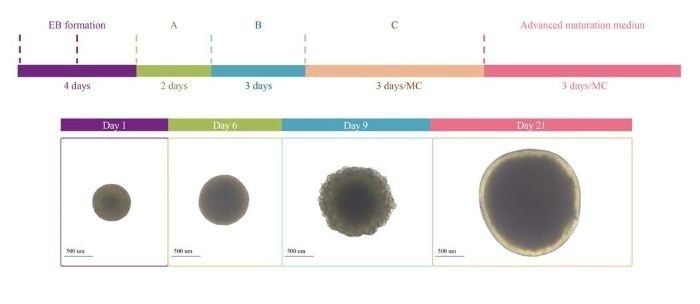
Figure 1. Protocol Diagram of Brain Organoid Differentiation. Image Credit: ACROBiosystems
Applications of brain organoids in neurological disease modeling
PD and AD are neurodegenerative disorders characterized by abnormal protein aggregation. iPSC-derived brain organoids effectively mimic the pathological mechanisms of these conditions in vitro, reproducing the abnormal aggregation of proteins such as Tau or α-synuclein (α-syn).
This enables researchers to investigate the pathological alterations associated with these diseases and provides experimental insights to aid in developing potential therapeutic strategies.
Visualization of Tau protein aggregation in AD modeling
Brain organoids (Cat. No. CIPO-BWL001K) differentiated with the Organoid Differentiation Kit (Cat. No. RIPO-BWM001K) was co-cultured with a range of concentrations of Tau Pre-formed Fibrils (PFFs) (Cat. No. TAU-H5113) to create an AD model.
The introduction of Tau PFFs significantly induced Tau aggregation, with higher concentrations of PFFs leading to increased Tau aggregation, characterized by upregulation of p-Tau181 expression (Cat. No. PT1-Y2073).
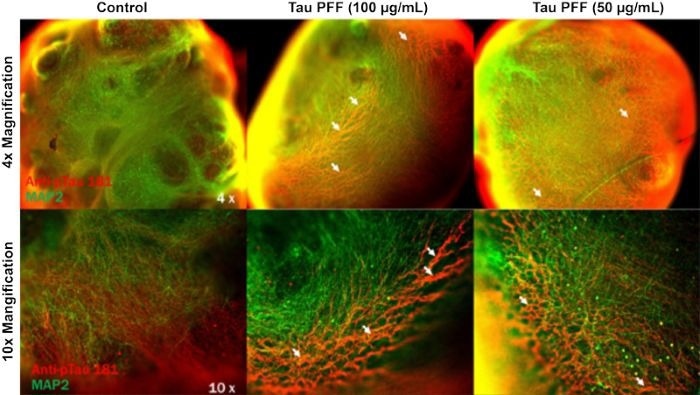
Figure 2. Tau PFFs induce Tau aggregation in brain organoids. Image Credit: ACROBiosystems
PD modeling: Degeneration of dopamine neurons
Brain organoids (Cat. No. CIPO-BWL001K) that were differentiated using the Organoid Differentiation Kit (Cat. No. RIPO-BWM001K) were co-cultured with differing concentrations of α-syn PFFs (Cat. No. ALN-H5115) to determine a PD model.
Following the addition of α-syn PFFs, the expression of MAP2 and TH was disrupted, indicating damage to mature neurons (MAP2) and dopamine neurons (TH) due to α-syn PFFs.

Figure 3. α-syn PFFs induce neuronal damage in brain organoids. Image Credit: ACROBiosystems
Application of brain organoids in the optimization of gene therapy vectors
Adeno-associated virus (AAV) vectors are frequently used in gene therapy, making the choice of serotypes vital for effective gene delivery. Brain organoids act as a screening platform that accurately mimics the intricate conditions of the human brain, enabling the precise assessment of transduction efficiency for different AAV serotypes.
This approach helps pinpoint the most efficient serotype, enhancing the efficiency of the targeted delivery and gene expression of AAV vectors in neural tissues.
Using brain organoids cultured for 101 days (Cat. No. CIPO-BWL002K), different AAV serotypes were tested for transduction. Fluorescence microscopy observations indicated that the IVB-2 serotype exhibited higher GFP expression levels in transduced brain organoids compared to other serotypes, underscoring its superior transduction efficiency and potential as a gene therapy vector.

Figure 4. GFP fluorescence expression in brain organoids transduced with different AAV serotypes. Image Credit: ACROBiosystems
Application of brain organoids in neurological drug evaluation
Gamma-aminobutyric acid (GABA) is a crucial inhibitory neurotransmitter that reduces neuronal activity through GABA receptors, maintaining a balance of neural excitability. Dysfunctions in GABA receptor-mediated signaling can lead to excessive neuronal excitability, potentially resulting in various neurological disorders.
Effects of Muscimol on neural activity in brain organoids
Muscimol, a GABA-A (GABAA) receptor agonist, enhances GABA's inhibitory effect on neuronal activity by activating GABAA receptors. The influence of Muscimol on neuronal activity was assessed using brain organoids (Cat. No. CIPO-BWL001K) (Figure 5).
Control brain organoids displayed intense network burst activity and high mean spike firing rates, indicating elevated neuronal activity. Contrastingly, brain organoids treated with Muscimol had significantly reduced network burst activity and a marked decline in spike firing rates, demonstrating that Muscimol effectively suppresses neuronal excitability via GABA receptor activation.
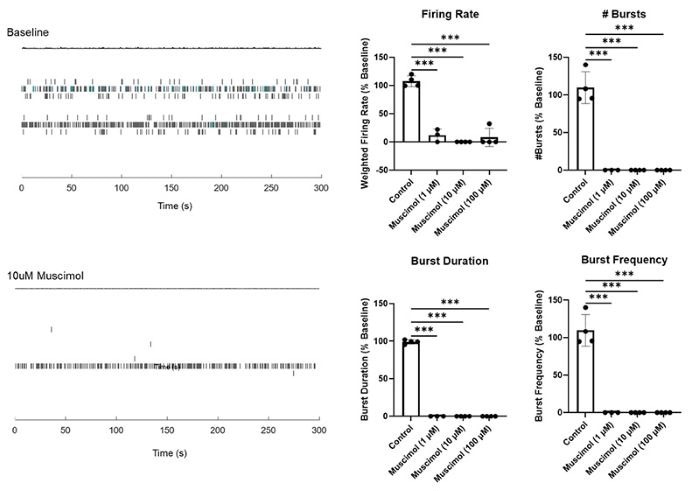
Figure 5. Effects of Muscimol treatment on neural activity in brain organoids. Image Credit: ACROBiosystems
Effects of Picrotoxin on neural activity in brain organoids
Picrotoxin, a GABAA receptor antagonist, inhibits the inhibitory signals mediated by GABAA receptors, thereby alleviating neuronal activity suppression. In brain organoids (Cat. No. CIPO-BWL001K) treated with Picrotoxin, synchronized network burst activity was observed, suggesting established synaptic connections between neurons.
This synchronized bursting is often regarded as a hallmark of mature synaptic connectivity in neuronal networks. Thus, Picrotoxin enhances neuronal activity and network maturation by blocking the inhibitory influence of GABAA receptors.
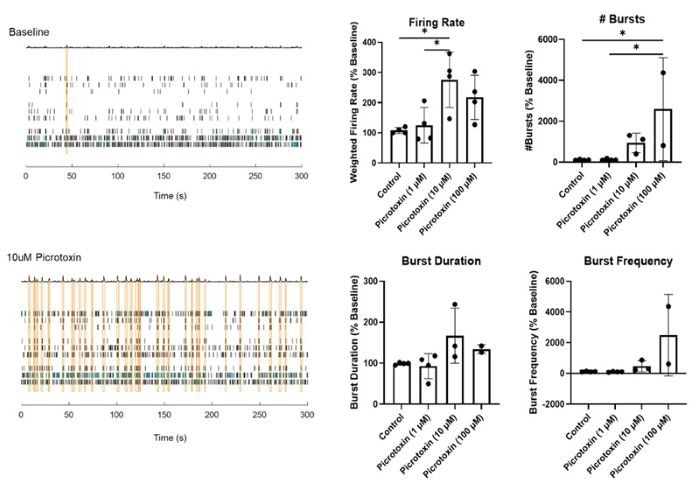
Figure 6. Effects of Picrotoxin treatment on neural activity in brain organoids. Image Credit: ACROBiosystems
Conclusion
Brain organoids are used as highly biomimetic 3D neural models and emerging as a vital platform for research into neurological diseases and drug development . By simulating complex neural environments, brain organoids not only replicate pathological changes in conditions like AD and PD but also provide precise tools for gene therapy and drug evaluation.
ACROBiosystems is committed to advancing organoid-related technology, driving innovations in research related to neurological diseases and drug development.

Image Credit: ACROBiosystems

Image Credit: ACROBiosystems
References
- Smirnova, L. and Hartung, T. (2024). The Promise and Potential of Brain Organoids. Advanced Healthcare Materials, 13(21). https://doi.org/10.1002/adhm.202302745.
- Li, Y., et al. (2023). Advances and Applications of Brain Organoids. https://doi.org/10.1007/s12264-023-01065-2.
- Depla, J.A., et al. (2020). Cerebral Organoids: A Human Model for AAV Capsid Selection and Therapeutic Transgene Efficacy in the Brain. Molecular Therapy - Methods & Clinical Development, 18, pp.167–175. https://doi.org/10.1016/j.omtm.2020.05.028.
- Ito, S. (2016). GABA and glycine in the developing brain. The Journal of Physiological Sciences, 66(5), pp.375–379. https://doi.org/10.1007/s12576-016-0442-7.
About ACROBiosystems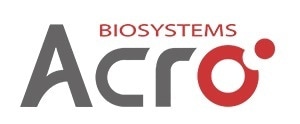
ACROBiosystems is a cornerstone enterprise of the pharmaceutical and biotechnology industries. Their mission is to help overcome challenges with innovative tools and solutions from discovery to the clinic. They supply life science tools designed to be used in discovery research and scalable to the clinical phase and beyond. By consistently adapting to new regulatory challenges and guidelines, ACROBiosystems delivers solutions, whether it comes through recombinant proteins, antibodies, assay kits, GMP-grade reagents, or custom services. ACROBiosystems empower scientists and engineers dedicated towards innovation to simplify and accelerate the development of new, better, and more affordable medicine.
Sponsored Content Policy: News-Medical.net publishes articles and related content that may be derived from sources where we have existing commercial relationships, provided such content adds value to the core editorial ethos of News-Medical.Net which is to educate and inform site visitors interested in medical research, science, medical devices and treatments.